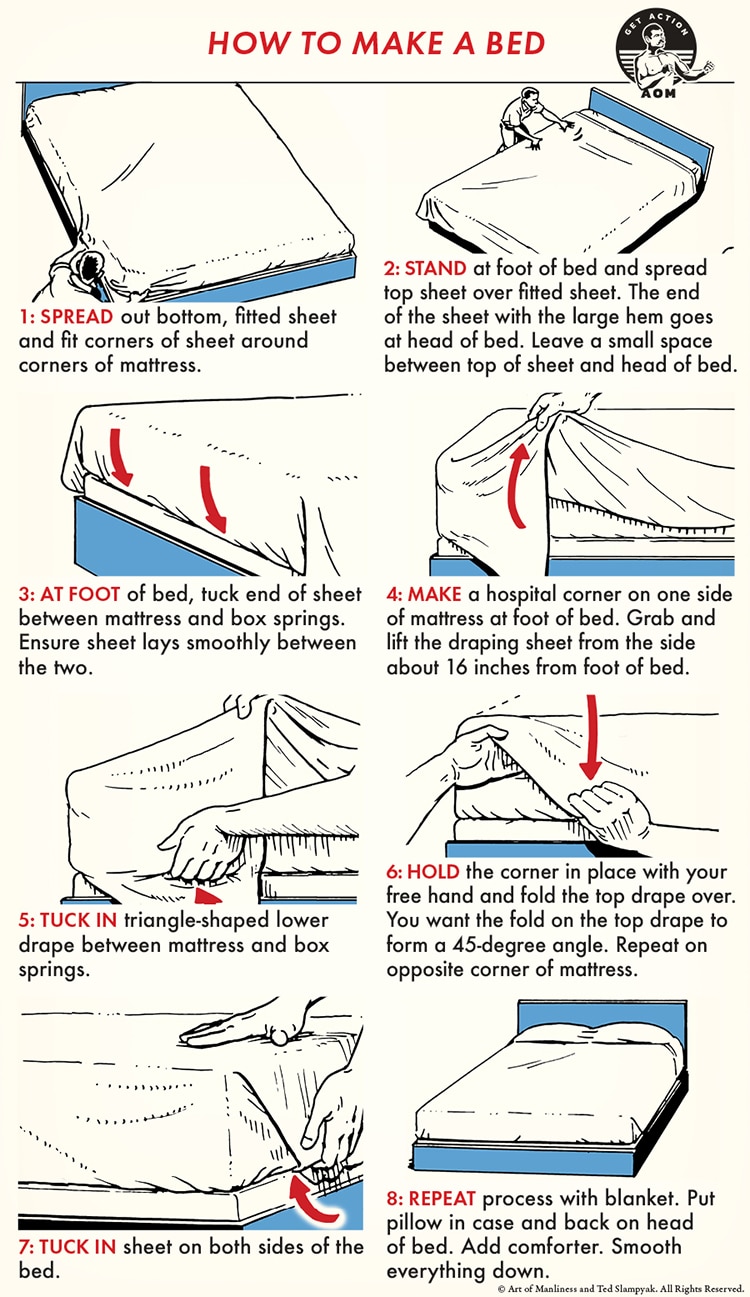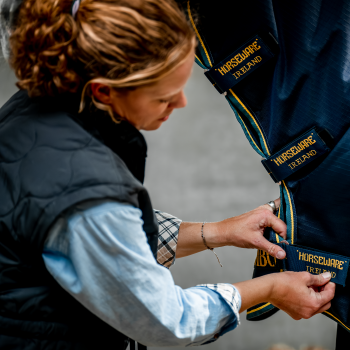Blanket Fit Guidelines: Avoiding Rubs and Sores on Your Horse

Ensuring your horse’s blanket fits properly is crucial to prevent discomfort, rubs, and sores. A well-fitted blanket protects your horse from cold weather while maintaining their skin health. This guide covers essential tips and guidelines to help you choose and fit the right blanket.
Why Proper Blanket Fit Matters

A blanket that is too tight can cause pressure points leading to painful rubs and sores, while one that is too loose may slip and cause chafing. Both scenarios can result in skin irritation, hair loss, and even infections.
Key Areas to Check for Fit
| Area | What to Look For | Common Issues if Poorly Fitted |
|---|---|---|
| Withers | Blanket should lie flat without pressure | Rubs, hair loss, and sores |
| Shoulders | Enough room for movement | Restricted movement, chafing |
| Chest | Snug but not tight | Pinching, discomfort |
| Belly | Secure but not hanging | Slipping, rubbing |
| Tail flap | Covers tail without bunching | Tail rubs, sores |
How to Measure Your Horse for a Blanket
- Use a soft measuring tape.
- Measure from the center of the chest, around the side, to the point of the tail.
- Note the measurement in inches or centimeters.
- Compare with the blanket size chart provided by the manufacturer.
Tips to Avoid Rubs and Sores
- Choose the right material: Breathable, waterproof fabrics reduce moisture buildup.
- Check fit regularly: Horses can gain or lose weight, affecting blanket fit.
- Use appropriate padding: If your horse is prone to rubs, consider adding a liner or pad.
- Inspect your horse daily: Look for signs of irritation or pressure points.
- Adjust straps and closures: Ensure they are secure but not overly tight.
Common Types of Horse Blankets
- Turnout blankets: Designed for outdoor use, waterproof and durable.
- Stable blankets: Thinner, used indoors for warmth.
- Coolers: Help dry the horse after exercise.
Frequently Asked Questions (FAQ)
Q1: How often should I check my horse’s blanket fit?
A: Ideally, check daily or at least weekly, especially during seasonal changes.
Q2: Can a blanket cause sores even if it fits well?
A: Yes, if the material is abrasive or if the horse has sensitive skin.
Q3: What should I do if my horse develops a rub?
A: Remove the blanket, clean the area, apply a soothing ointment, and consult a vet if severe.
Q4: How do I know if a blanket is the right size?
A: It should cover the horse adequately without restricting movement or causing pressure.
Conclusion
Proper blanket fit is essential for your horse’s comfort and health. Regular measurement, careful selection, and attentive monitoring can prevent rubs and sores, ensuring your horse stays happy and protected through all seasons.
